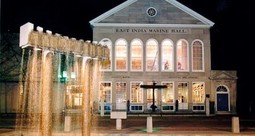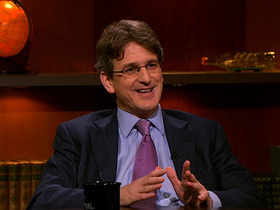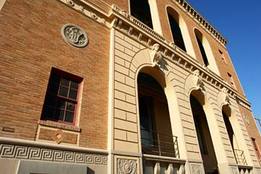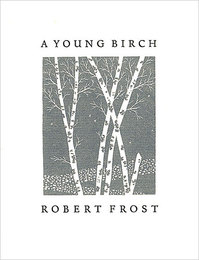 Like artists, poets send Christmas cards, too. Witness Robert Frost, who sent illustrated chapbooks of his poetry to friends as Christmas cards from 1934 through 1962.
Like artists, poets send Christmas cards, too. Witness Robert Frost, who sent illustrated chapbooks of his poetry to friends as Christmas cards from 1934 through 1962.
Poets House* in lower Manhattan has put its collection of these Frost chapbooks on display in an exhibition that runs through Jan. 16
This intimate exhibition features beautiful, illustrated chapbooks of Frost’s poetry published by Spiral Press and sent out as holiday greetings by the revered poet as well as by his publishers, collectors and friends. Master printer Joseph Blumenthal of Spiral Press printed 275 of the first Robert Frost
Christmas cards in 1929 as a holiday greeting for himself, Henry Holt and Company (one of Frost’s publishers) and two Holt executives. Blumenthal forgot to print any for the poet, who subsequently charged Blumenthal with the task of retrieving a half a dozen cards for him to use. The next holiday chapbook was published in collaboration with Frost in 1934 with a print run of 775 and became an annual publication until 1962.
In this case, Poets House is just one institution with these wonderful holdings. The University 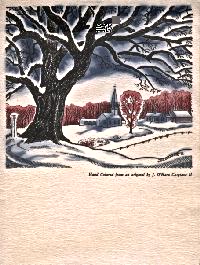 of Maryland, it turns out, owns a comprehensive collection of books by and about Robert Frost, including “boxed sets of custom Christmas cards and pamphlets designed and annotated by Frost.”
of Maryland, it turns out, owns a comprehensive collection of books by and about Robert Frost, including “boxed sets of custom Christmas cards and pamphlets designed and annotated by Frost.”
Maryland’s treasures are not on view, but you can learn more about the collection here.
Earlier this month (when I learned of the show at Poets House), I actually found a 1935 Christmas chapbook from Frost for sale at eBay. When I checked this morning, though, the listing had closed, but there was another one from 1961, available for $49.99 as a “buy it now” offering. So it does seem that Frost’s card/chapbooks become available from time to time.
If you’d like to read more about Frost’s Christmas offerings, you can go to this entry written last year at a blog called Poetry & Popular Culture by Mike Chasar (here). And the Paper Cuts blog (new to me) of The New York Times published an item on the Poets House exhibition earlier this month (here) with a slide show.
Photos: Courtesy Poets House and the University of Maryland
* I consult to a foundation that supports Poets House

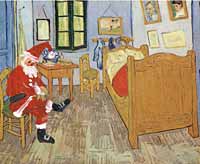 Artists send Christmas cards, too. Maybe some readers of Real Clear Arts have been lucky enough to receive them.
Artists send Christmas cards, too. Maybe some readers of Real Clear Arts have been lucky enough to receive them. 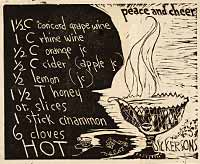 Called
Called 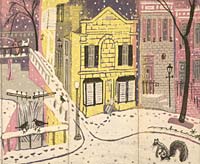 sent in 1959 (to printmaker Prentiss Taylor); and by Noche Crist, c. 1962 (also to Prentiss Taylor).
sent in 1959 (to printmaker Prentiss Taylor); and by Noche Crist, c. 1962 (also to Prentiss Taylor). 